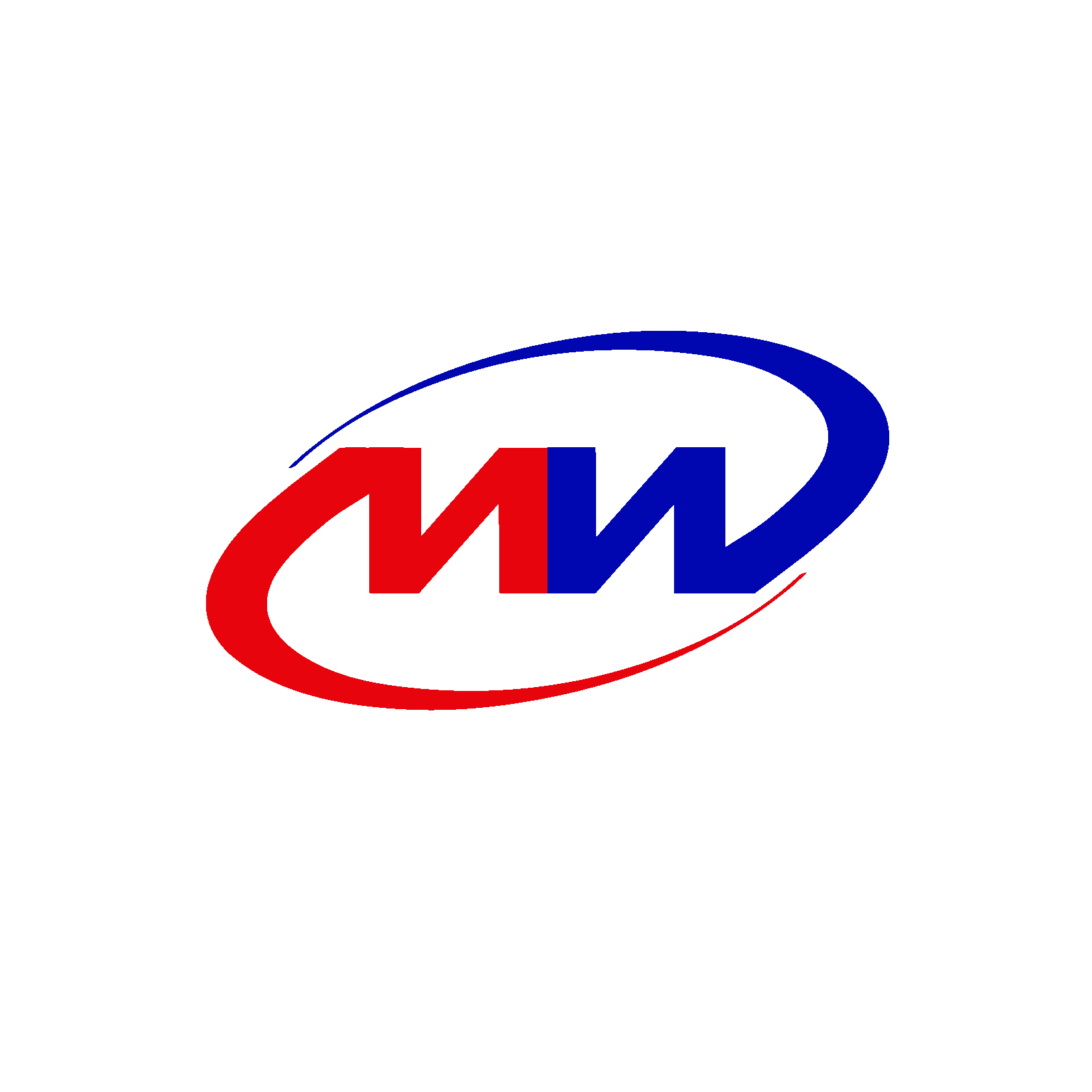Please leave your phone number below and we will contact you!
Your information is safe and will not be passed on to third parties
Please fill out a form for a quick estimate
Your information is safe and will not be passed on to third parties
Need help? Leave your phone number
and our manager will contact you!
and our manager will contact you!
CONSOLIDATION OF RAILWAY CARGOES
Consolidation is the accumulation, sorting of goods in the warehouse of the carrier with the further formation of consignments to be sent along one route in one transport. Transportation in small batches over long distances is unprofitable for all parties to the transaction. Carriers try to fill the transport as much as possible (container, wagon, wagon, sea vessel). It is not profitable for the sender to transport several boxes or pallets at the cost of the full volume of the vehicle. Due to consolidation (formation of a single batch), delivery of goods in small batches becomes cheaper and more profitable.
The cost of consolidation is lower than the prices for traditional delivery, when the goods of one customer are transported on one vehicle. Delivery time to the destination depends on the complexity of the route, the distance from the point of departure, the workload of the direction, the capabilities of the rolling stock.
Consolidated transportations due to logistics are financially beneficial to businessmen, online stores, and small trading companies. Containers are used for transportation within the country and to the nearest states by land. The consolidation point in most cases is equipped with appliances, furniture and the necessary equipment.
The cost of consolidation is lower than the prices for traditional delivery, when the goods of one customer are transported on one vehicle. Delivery time to the destination depends on the complexity of the route, the distance from the point of departure, the workload of the direction, the capabilities of the rolling stock.
Consolidated transportations due to logistics are financially beneficial to businessmen, online stores, and small trading companies. Containers are used for transportation within the country and to the nearest states by land. The consolidation point in most cases is equipped with appliances, furniture and the necessary equipment.
Consolidation warehouse
Consolidation warehouses serve for acceptance, handling of goods with further formation and loading of the batch. On the territory of the warehouse, carriers rent areas for groupage cargo, appropriate equipment, specialized equipment.
The room is used for sorting goods by addresses and consignees with subsequent loading into the transport of the required dimensions.
The room is used for sorting goods by addresses and consignees with subsequent loading into the transport of the required dimensions.
STAGES OF WORK WITH CARGOES
Consolidation involves manual labor, electronic accounting. The fuel and energy complex fulfills its obligations in stages:
- Accepts goods from carriers, suppliers. Checks documents, certificates and specifications for goods, compares the number of commodity items.
- The goods are tared (weighed, measured), marked (a box or pallet is supplied with information about the delivery address, specialized storage conditions, etc.).
- Cargoes are sorted by volume, direction of delivery, nature. The information is entered into the computer.
- As new commodity items arrive with a single direction of delivery, a consignment is formed. Then it is placed in a container with subsequent installation on a railway platform
Consolidation benefits
The high speed of transshipment of goods at the station is provided by containers. Loading on a platform, unloading takes a few minutes. The same time will be required for transshipment of a container onto a road vehicle when it comes to multimodal transportation.
Delivery by container is beneficial due to:
The fuel and energy complex is engaged in packaging, preparation for shipment, the formation of prefabricated parties. Freight carriers are engaged in customs clearance, insurance, etc.
Delivery by rail provides cost savings, safety and speed of transportation. Compared to a car, a railway carriage will not get lost on the way, will not puncture its wheels or get stuck in a traffic jam. The border is crossed on schedule, without delays. The movement of cars does not depend on the weather, time of day. One wagon holds 2 - 3 times more cargo. The costs are about a third less.
Logisticians who develop a scheme for the transportation of groupage cargo accurately calculate and organize the container space. As a result, goods with different properties not only fit, but are delivered safely. There are structures on which nothing can be loaded from above. There are perishable, dangerous, valuable, urgent, fragile goods. The method of placement and fixation is selected individually. Part of the service is documentation.
Delivery by container is beneficial due to:
- targeted delivery;
- rational placement of cargo;
- control over the movement of the train;
- fixed term of transportation;
- safety of cargo on the road.
The fuel and energy complex is engaged in packaging, preparation for shipment, the formation of prefabricated parties. Freight carriers are engaged in customs clearance, insurance, etc.
Delivery by rail provides cost savings, safety and speed of transportation. Compared to a car, a railway carriage will not get lost on the way, will not puncture its wheels or get stuck in a traffic jam. The border is crossed on schedule, without delays. The movement of cars does not depend on the weather, time of day. One wagon holds 2 - 3 times more cargo. The costs are about a third less.
Logisticians who develop a scheme for the transportation of groupage cargo accurately calculate and organize the container space. As a result, goods with different properties not only fit, but are delivered safely. There are structures on which nothing can be loaded from above. There are perishable, dangerous, valuable, urgent, fragile goods. The method of placement and fixation is selected individually. Part of the service is documentation.
SERVICES



